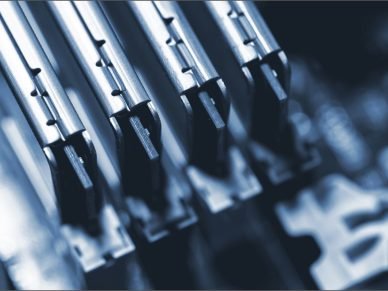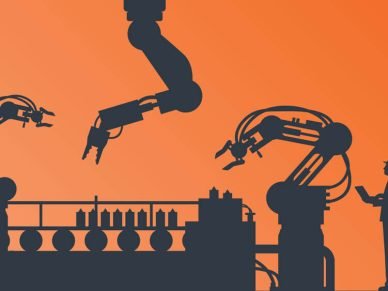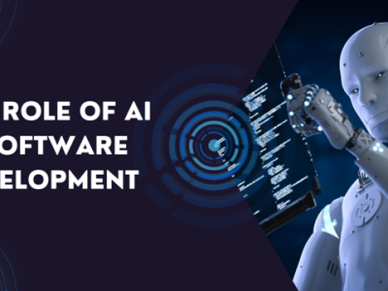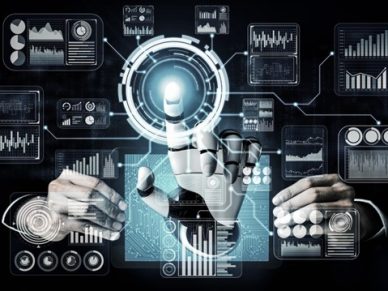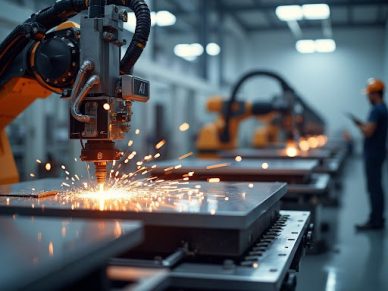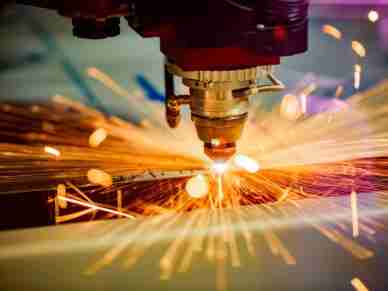Many industries have been forever changed thanks to the Internet. Even the manufacturing world has embraced the Internet of Things (IoT). However, the extent of that acceptance and how well those tools are used remains a work in progress. In order for the true potential of the Internet to shine in the manufacturing world, several things will need to change.
A Shift in Attitude
Up to this point, the integration of online technology into the manufacturing process has focused on how to use new tools within a familiar framework. While this is helpful, it does not allow
room for the full potential to be realized. The only way this can happen is for business owners, plant designers, and everyone involved in the manufacturing effort to make some changes in how they use the tools already in place. Siegfried Dais, Deputy Chairman of the Board of Management at Robert Bosch GmbH, illustrates this need to see new things in new ways rather than forcing them into more established ways of thinking.
“To really drive developments, two competencies must come together. First, we need to recognize the change potential, value creation, and cost reductions we can achieve if we apply what’s actually ‘new’ about new technologies. For example, take cyberphysical systems, which can tell us where every single unit is at any given time. Logistics players often use this tool, but with an old mind-set that fails to exploit the advancements the tool was designed to offer. So the first requirement is that logistics players truly use what’s new.
to recognize the change potential, value creation, and cost reductions we can achieve if we apply what’s actually ‘new’ about new technologies. For example, take cyberphysical systems, which can tell us where every single unit is at any given time. Logistics players often use this tool, but with an old mind-set that fails to exploit the advancements the tool was designed to offer. So the first requirement is that logistics players truly use what’s new.
“The second competency is finding people who are able to design robust algorithms: those who make the system user-friendly so that the people who use it day-to-day can immediately recognize problems and know how to react without getting tangled up in a web of interdependencies.”
Online and Offline are One
Up to this point, the prevailing attitude is that people go online to work. While that was true years ago, it does not tell the whole story today. People are online in just about any setting. The interconnected web reaches from the workplace to the home and even keeps everything connected as users go about mundane tasks like grocery shopping. Today there is virtually no aspect of life that is not networked in some manner.
What does this mean for the once clearly delineated boundaries of consumer, seller, and manufacturer?
It means those lines are now somewhat blurred. Consumers have input into how they want products customized. Sellers look for ways to get products to market or fill orders in a shorter time frame. Manufacturers seek to keep inventories lean while still keeping ahead of demand.
The real-time interaction that the Internet affords means there is no waiting until tomorrow for a question to be answered or an order to arrive. Old ways of getting things done can no longer be adapted with a partial use of new technology. In order for manufacturers to thrive in a global market, they must be willing to recognize what no longer works and be open to coming up with new solutions.
Where Does the Innovation Come From?
Much of the innovation will result from collaboration between software designers, business owners, and other professionals who know how to write the algorithms needed to achieve the desired results. Already there are programs capable of real-time tracking of goods in process. What if things went one step further and those goods could eliminate the production of second quality units, or at least automatically sort themselves into specific classifications? The impact on manufacturing time and order fulfillment would be significant.
A True Industrial Internet Revolution
It has been said that what is happening is a brand new industrial revolution, with the Internet being the driving force. Just as the assembly line forever changed the manufacture of goods, online resources will mean faster production, more integration in operations, and faster delivery to consumers. Four elements to this new revolution are often cited as the basis for which change will occur in the years to come.
Operational efficiency will continue to evolve, directly affecting the time needed to convert raw materials into finished goods. Along the way, changes in the way each phase of the process is managed will shift, up to and including the use of remote management and anticipatory needs for equipment maintenance.
An outcome economy that includes new approaches to hardware and software will result in more transparency between products, the processes used to generate them, and consumers.
New types of connections will be built on a foundation of connected platforms that shrink and allow current industry boundaries to overlap.
Collaboration between equipment and humans will be more closely woven than anything we see today.
Some company owners will make the transition while others fall by the wayside. Make no mistake about it: change is in the air and those who do not choose to be a part of it will find themselves with nothing of any value left to offer.
Information sourced from McKinsey and WeForum
